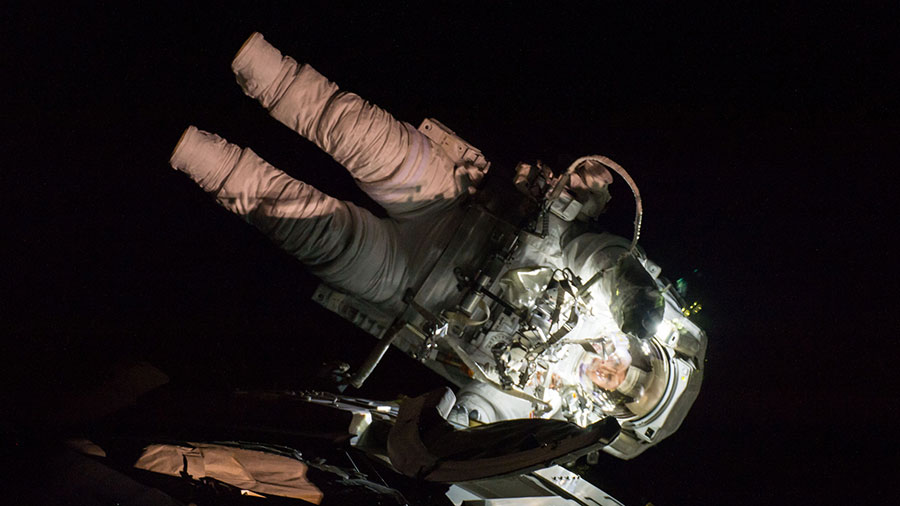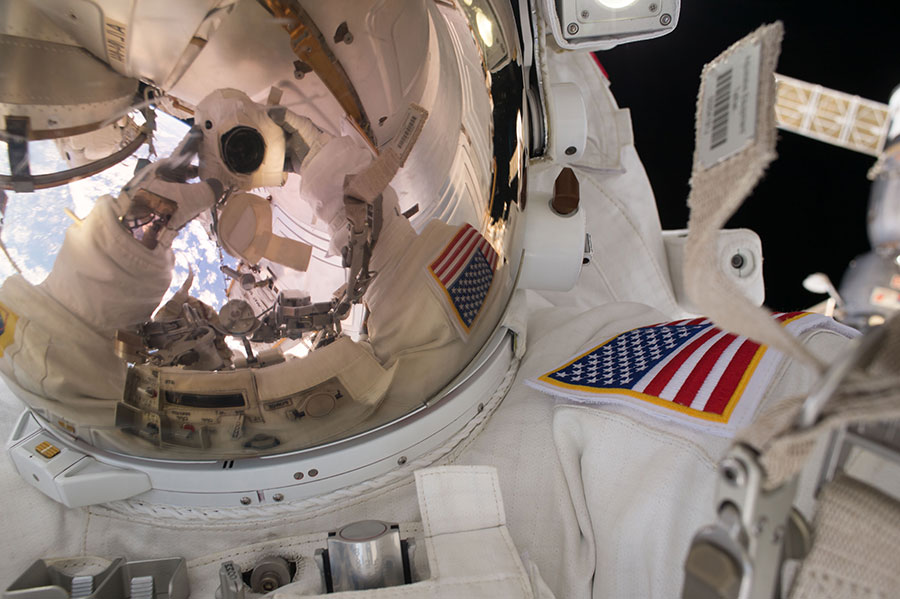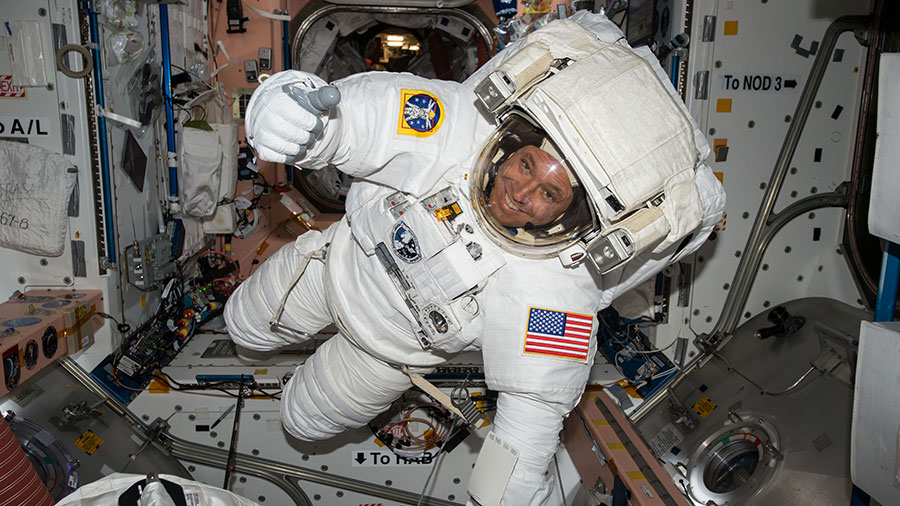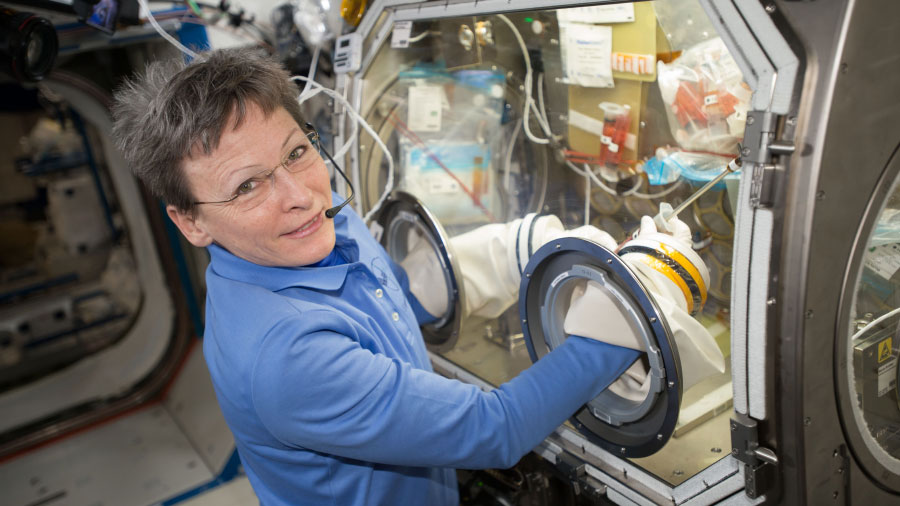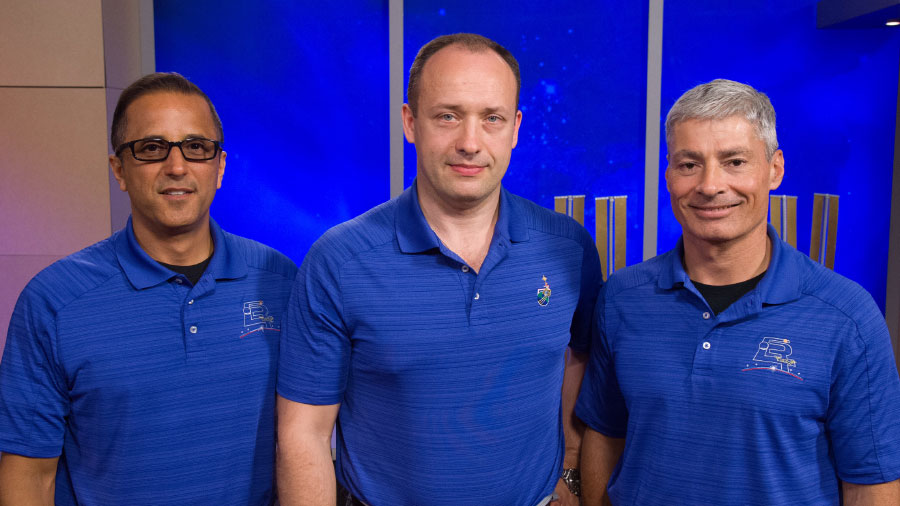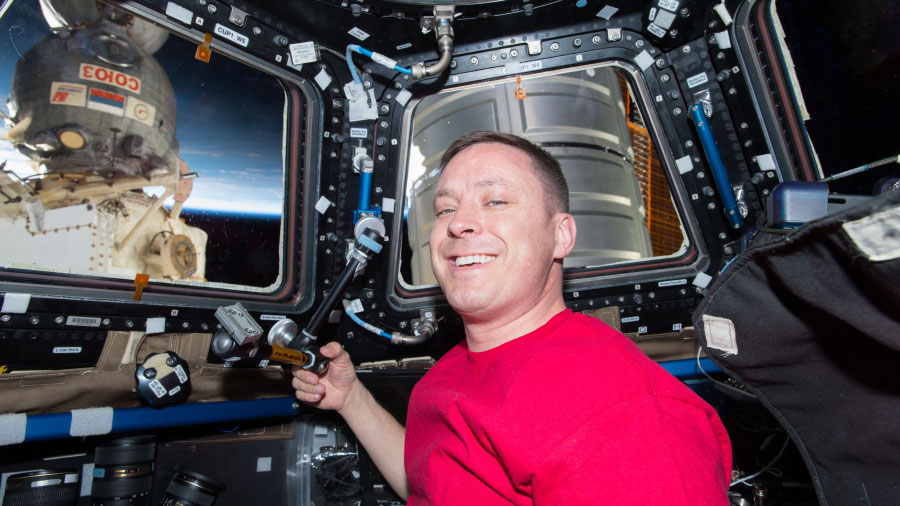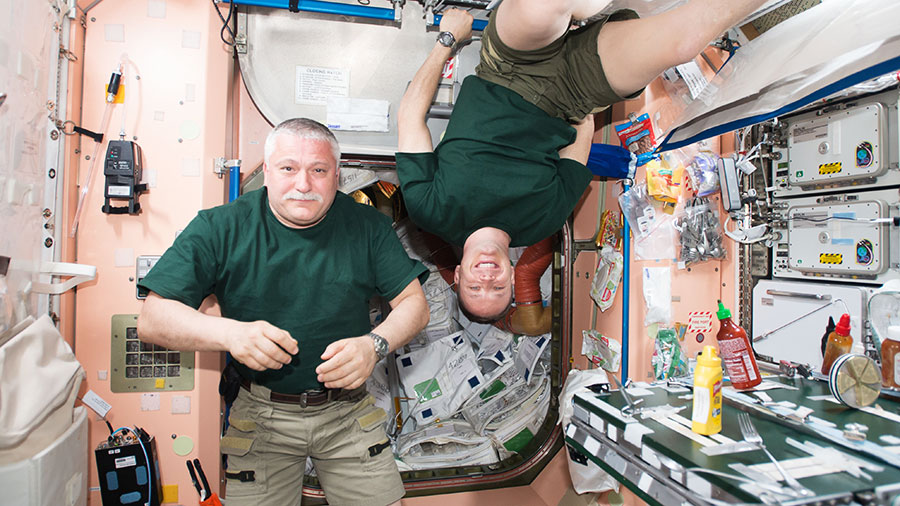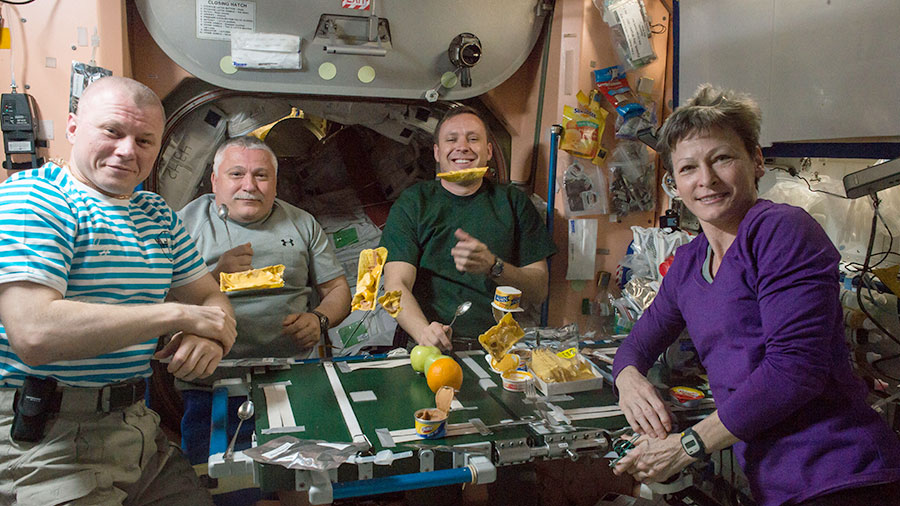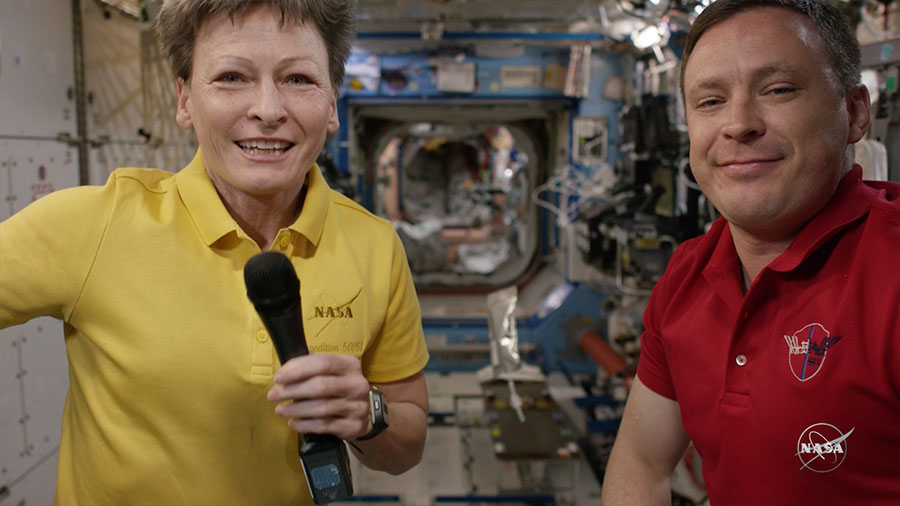
Expedition 51 Commander Peggy Whitson and Flight Engineer Jack Fischer of NASA concluded their spacewalk at 1:21 p.m. EDT. During the spacewalk, which lasted just over four hours, the two astronauts successfully replaced a large avionics box that supplies electricity and data connections to the science experiments.
The astronauts also completed additional tasks to install a connector that will route data to the Alpha Magnetic Spectrometer, repair insulation at the connecting point of the Japanese robotic arm, and install a protective shield on the Pressurized Mating Adapter-3. This adapter will host a new international docking port for the arrival of commercial crew spacecraft.
Spacewalkers have now spent a total of 1,247 hours and 55 minutes working outside the station during 200 spacewalks in support of assembly and maintenance of the orbiting laboratory. The first spacewalk in support of International Space Station assembly and maintenance was conducted on Dec. 7, 1998, by NASA astronauts Jerry Ross and Jim Newman during space shuttle Endeavour’s STS-88 mission. Astronauts completed attaching and outfitting of the first two components of the station, the Russian Zarya module and the U.S. Unity module.
For more information about the International Space Station, visit www.nasa.gov/station.
Get weekly video highlights at: http://jscfeatures.jsc.nasa.gov/videoupdate/

